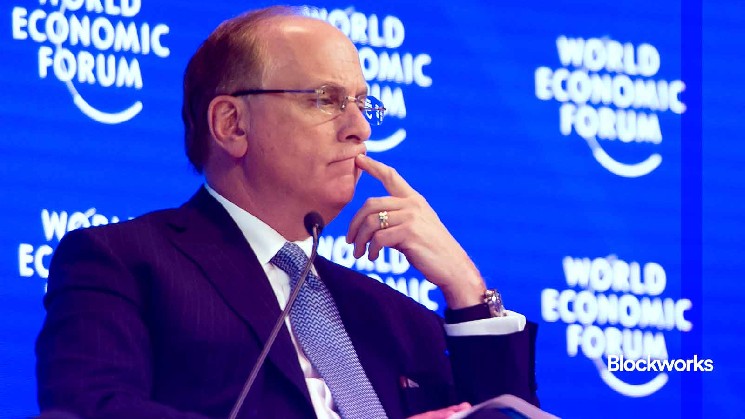This is part of the Forward Guidance Newsletter. To read the full version, go to Subscribe.
Conferences like last week’s Digital Asset Summit are a reminder that cryptocurrencies are making inroads into the wider world. The attendance of some of the biggest banks and asset managers (and what they are working on) seems to be a solid indication of where we are heading.
Citi was in the building with research analyst Sophia Vantanidis giving a talk about stablecoins to DAS stakeholders. The financial giant’s basic forecast is that stablecoin issuance will reach $1.9 trillion by 2030. The company calls the growth in this field “the moment when blockchain ChatGPT moves towards institutional adoption.”
My colleague Macauley Peterson has written more about it here.
On October 10, BNP Paribas announced that it is considering issuing “one-to-one reserve-backed digital money that provides stable payment assets available on public blockchains centered on G7 currencies.” In other words, it’s a stablecoin.
Citi is among nine other banks that BNP Paribas has announced is considering the matter. Another company is Goldman Sachs, which also sends executives to DAS. Matthew McDermott, the firm’s head of digital assets, called tokenization the “topic of the day” and noted that using distributed ledger technology for collateral mobility is one of Goldman’s focus areas.
The same day McDermott took to the stage, U.S. Bank launched a division focused on issuing stablecoins, storing cryptocurrencies, tokenizing assets, and moving digital money.
But let’s get back to the BNP Paribas release. Chris Cox, head of investor services at Citi, confirmed that the company is considering a Citi stablecoin.
“At the same time, we are focused on the continued rollout of tokenized deposit capabilities…already addressing friction in payments,” he added.
The company recently announced plans to integrate its blockchain-based Citi Token Services platform with a 24/7 USD clearing solution. This will enable instant cross-border payments across multiple banks for institutional customers in the UK and US.
Cox explained that the bank has therefore been researching blockchain technology for many years, but continues to use other means to develop rapid and continuous services in real time. He added that increased interest from institutional investors (e.g. asset managers, banks, asset owners) and regulatory clarity in the crypto asset class are important to Citi and its clients.
Citi is also moving ahead with plans for cryptocurrency custody. The service, Cox confirmed to me, is scheduled to launch in 2026. The bank expects to initially support “key crypto assets” only for institutional customers.
“We are currently only extending our existing real-time and instant capabilities to support digital assets, including cryptocurrencies,” he said. “Ultimately, our vision is to provide multi-asset and multi-network digital custody capabilities that are seamlessly connected to existing custody propositions.”
And I know I wrote about BlackRock on Friday, but it was centered around ETFs. What I meant is that the world’s largest asset management company has tripled (quadruple?) its belief in tokenization, as expressed in its October 14th earnings call.
BlackRock CEO Larry Fink said bridging the gap between TradFi and cryptocurrencies through tokenization is “one of the most exciting areas of growth in financial markets.” After all, digital wallets hold approximately $4.5 trillion of crypto tokens, stablecoins, and tokenized assets, he noted.
“We envision a future where investors can efficiently allocate their exposure to cryptocurrencies, stablecoins, and long-term stocks and bonds without ever having to leave their digital wallets,” Fink explained.
Loading tweets..


